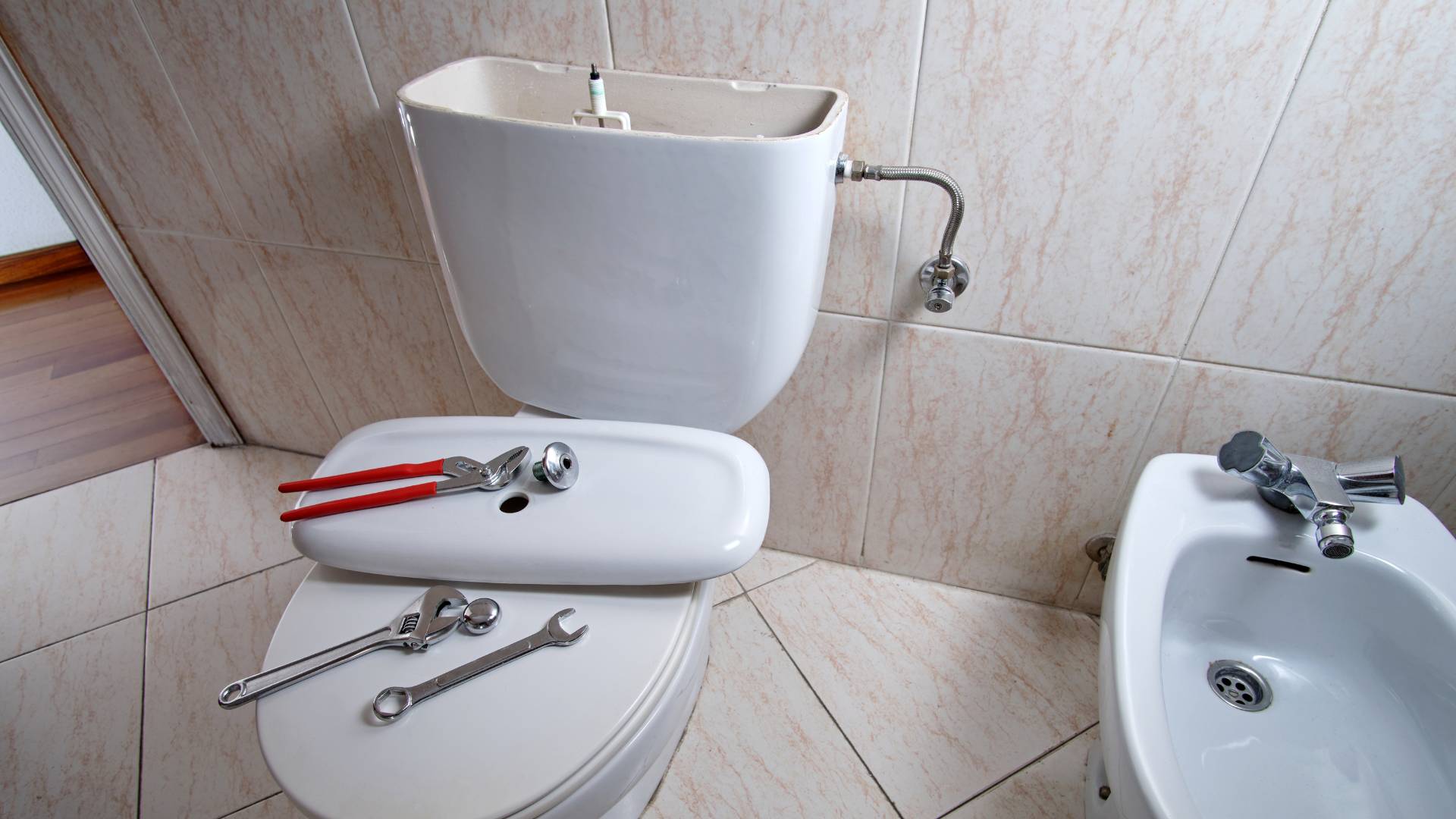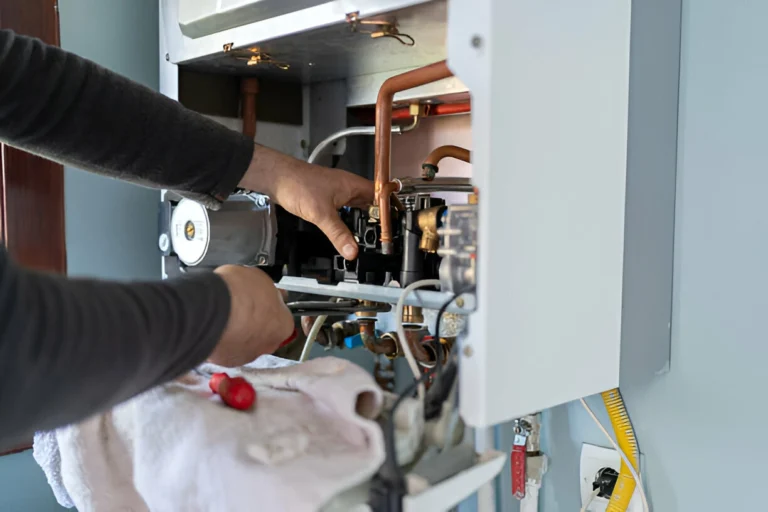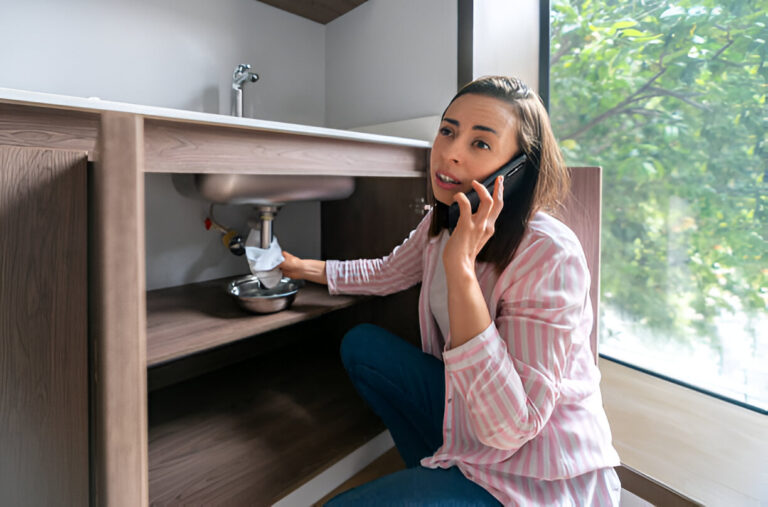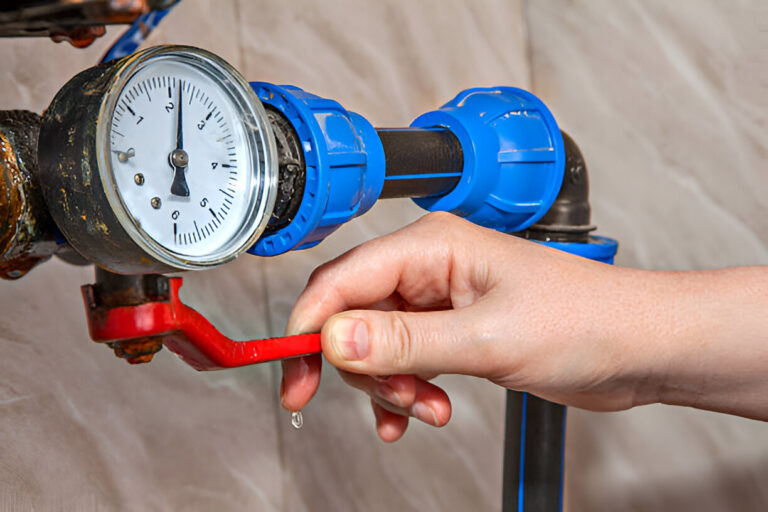Why Is There No Water in My Toilet Tank?
Few household problems are as frustrating as going to flush the toilet and realizing there’s no water in the toilet tank. You press the handle, expecting a normal flush, but instead, nothing happens. An empty toilet tank is more than just an inconvenience, it affects hygiene, daily routines, and even the overall comfort of your…
Few household problems are as frustrating as going to flush the toilet and realizing there’s no water in the toilet tank. You press the handle, expecting a normal flush, but instead, nothing happens. An empty toilet tank is more than just an inconvenience, it affects hygiene, daily routines, and even the overall comfort of your home.
Understanding why there’s no water in your toilet tank is the first step toward fixing it. Sometimes the cause is simple, like a closed shutoff valve. Other times, it’s a bigger issue such as a faulty fill valve, a clogged supply line, or even a crack in the tank itself.
In this guide, we’ll break down how your toilet tank works, the most common reasons it stops filling with water, step-by-step troubleshooting methods, preventive maintenance tips, cost considerations, and when it’s best to call in a professional plumber.
How a Toilet Tank Works
To understand why your toilet tank might be empty, it helps to know how the system is designed. A properly functioning toilet tank is a simple but clever mechanism that relies on water pressure, valves, and floats to work seamlessly.

Key Components Inside the Tank
- Fill valve: Controls the flow of water from the supply line into the tank.
- Float (ball or cup): Rises with the water level and signals the fill valve when to stop.
- Flush valve and flapper: Releases water into the toilet bowl during a flush, then seals again for refilling.
- Supply line: Connects the home’s plumbing to the toilet, delivering water into the tank.
- Overflow tube: Prevents overfilling by directing excess water into the bowl.
How Water Flows
When you flush the toilet, the flapper lifts, and water rushes from the tank into the bowl. Once emptied, the fill valve opens to let fresh water flow into the tank from the supply line. The float rises as the tank fills, and when the water level reaches the set point, it signals the fill valve to stop.
According to the International Plumbing Code (IPC) and toilet manufacturer manuals, maintaining proper water levels and ensuring components are in good condition are essential for a reliable flush system.
Common Causes of No Water in the Toilet Tank
When your toilet tank suddenly won’t fill, there are several potential culprits. Here are the most common causes:
Shutoff Valve Closed
One of the simplest issues is a closed shutoff valve. This small valve, usually located at the back of the toilet near the wall, controls the water supply. If it’s accidentally turned off, no water will flow into the tank.
Faulty Fill Valve
The fill valve is one of the most common parts to fail. When it gets stuck, worn out, or clogged with mineral deposits, it prevents water from refilling the tank after a flush.
Broken Float or Adjustment Rod
If the float mechanism is damaged or misaligned, the fill valve won’t get the right signal to allow water in. Older toilets often use a float ball, while newer ones rely on a float cup.
Disconnected or Clogged Supply Line
Sediment buildup or kinks in the supply line can stop water from entering the tank. In older plumbing systems, corrosion may also restrict water flow.
Damaged Flapper or Flush Valve
If the flapper doesn’t seal properly or the flush valve is damaged, water may leak continuously into the bowl instead of staying in the tank.
Crack in the Tank
A visible or hidden crack in the tank can prevent it from holding water at all. This usually requires replacing the toilet.
Low Water Pressure or Municipal Issues
Sometimes, the problem isn’t inside your toilet at all. A sudden drop in household water pressure or city-wide plumbing issues can leave your toilet tank empty.
These are the most common toilet problems that cause an empty tank, and the good news is that many can be fixed with simple DIY steps.
Step-by-Step Troubleshooting Guide
Before you panic, there are several things you can check and try yourself. Here’s a detailed troubleshooting process:
1. Check the Water Supply Valve
Look at the shutoff valve near the back of the toilet. Make sure it’s turned fully counterclockwise (on position). If it’s off, turn it back on and flush the toilet again.
2. Test the Water Supply Line
Disconnect the supply line and place a bucket underneath. Turn the water valve slightly to check if water flows out. If not, the issue may be in the home’s plumbing.
3. Inspect the Fill Valve
Lift the tank lid and check the fill valve. If it looks worn or clogged, try cleaning it with vinegar to dissolve mineral deposits. If it still doesn’t work, replacement is usually inexpensive and effective.
4. Examine the Float Mechanism
Check whether the float ball or float cup is stuck. Adjust the float arm or rod to allow more water into the tank. If the float is damaged, replacement may be needed.
5. Look Inside the Tank
Inspect the flapper, flush valve, and other parts inside the toilet. Make sure the flapper seals tightly and there are no visible cracks in the tank.
6. Flush and Observe
Flush the toilet and watch the water flow. If the tank isn’t refilling, note where the process stops, that’s usually where the problem lies.
7. Check Water Pressure
If all parts appear fine, test the water pressure in your home. Low pressure can prevent water from entering the tank properly.
8. Remove the Toilet (Last Resort)
If the supply line or shutoff valve is faulty and can’t be fixed in place, you may need to remove the toilet to repair or replace those parts.
Safety Note: Always shut off the water before starting any toilet repair. According to plumbing reports, improper DIY fixes are a leading cause of water damage in bathrooms, so proceed carefully.
Preventive Measures for a Properly Functioning Toilet
Prevention is easier than dealing with an empty tank. Here are some maintenance tips:
- Test the water level in your tank regularly to ensure it’s filling properly.
- Clean mineral deposits from the fill valve and supply line to prevent blockages.
- Replace the flapper every 2–3 years to avoid leaks and wasted water.
- Keep household water pressure regulated, as recommended by plumbing professionals.
- Schedule routine inspections if you live in an older home with outdated plumbing.
These preventive measures help extend the life of your toilet and reduce the risk of suddenly finding an empty tank.
When to Call a Professional Plumber
While many toilet issues are DIY-friendly, there are times when calling a licensed plumber is the smarter option.
Signs You Need Professional Help
- Persistent leaks even after part replacements.
- The tank still won’t fill despite troubleshooting.
- A visible crack in the toilet tank.
- Issues with the main water supply line.
A professional plumber can diagnose hidden issues, ensure compliance with plumbing codes, and provide lasting repairs. Though it may cost more upfront, it often prevents bigger expenses down the road.
Costs of Fixing an Empty Toilet Tank
Repair costs depend on what’s causing the problem. Here’s a quick breakdown of common fixes:
| Repair Type | Estimated Cost (Parts + Labor) |
| Fill valve replacement | $50 – $150 |
| Supply line repair | $75 – $200 |
| Flapper replacement | $20 – $50 |
| New toilet installation | $200 – $600 |
According to HomeAdvisor and Angi, minor fixes like a flapper or fill valve replacement are relatively affordable. Larger issues, like cracks in the tank or supply line damage, can cost significantly more.
Conclusion
An empty toilet tank can be frustrating, but the good news is that most problems have straightforward solutions. Whether it’s a closed shutoff valve, a faulty fill valve, a broken float, or a clogged supply line, knowing what to look for can save you both time and money.
By maintaining your toilet with routine checks and replacements, you can avoid sudden breakdowns. And if the issue proves too complex, don’t hesitate to call a plumber, professional repairs ensure your bathroom stays fully functional and safe.
So, the next time you find there’s no water in your toilet tank, you’ll know exactly what steps to take to fix the problem quickly and effectively.








